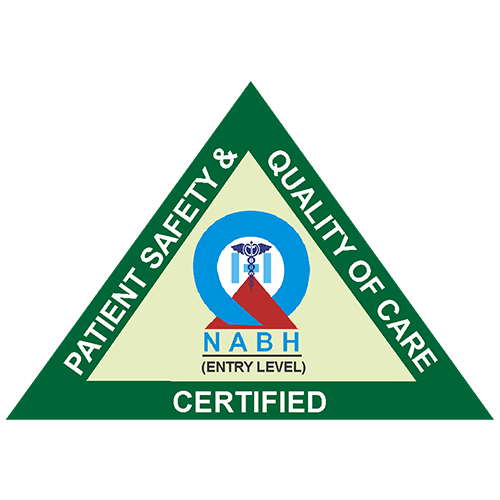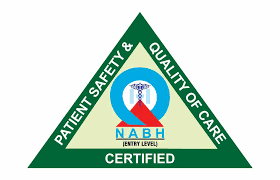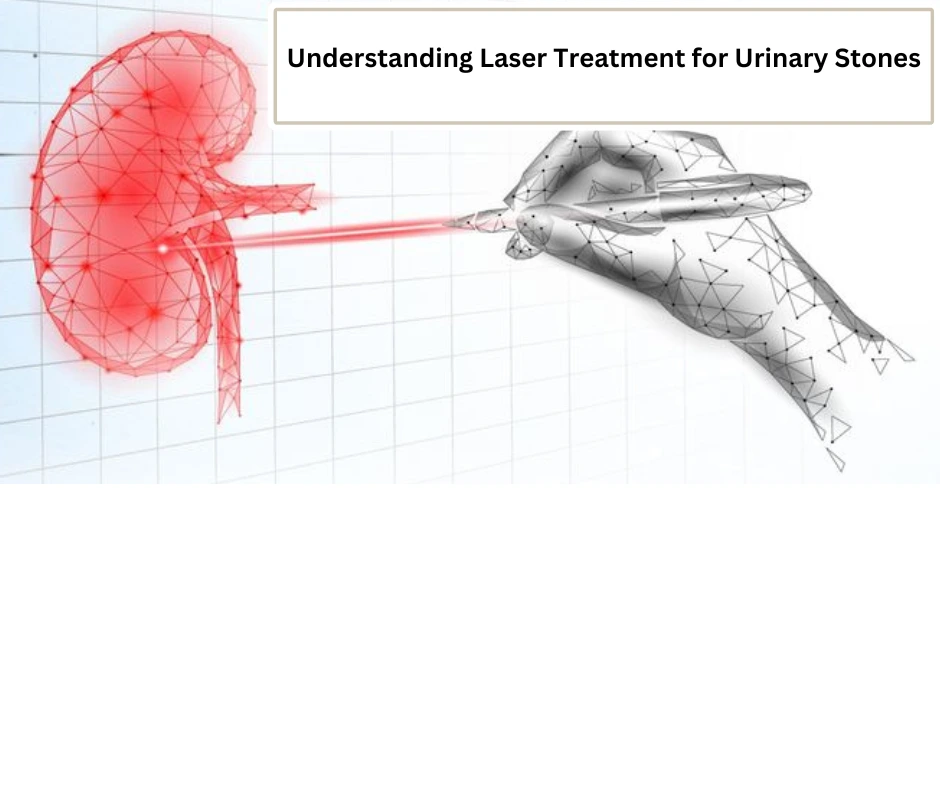Overview:
In the realm of kidney stone treatments, various effective options exist to alleviate patient discomfort. If you’ve had a conversation with your doctor and collectively chosen Holmium laser treatment as the most suitable option, here, we provide responses to frequently asked questions about this particular procedure.
How Laser Stone Surgery Functions?
Laser stone surgery is a minimally invasive procedure that doesn’t involve any incisions on your body. Once you are under anesthesia, a small illuminated tool called a ureteroscope is inserted into your urethra and bladder to reach your ureter and kidney.
When the stone becomes visible, a laser fiber transmits Holmium energy to break down your kidney stones. The surgeon retrieves some pieces through the urethra using a small basket, and smaller fragments can be naturally passed with urine later on. In some cases, a high-powered holmium laser with high-frequency emissions is utilized to “dust” the stones into a fine powder. After the surgery, you can expel the fine particles in your urine. An even more efficient method involves modulating the pulse of the holmium laser using the Moses effect, potentially leading to more effective stone dusting or fragmentation.
To aid in healing and facilitate the passage of small stone fragments, the surgeon may insert a tube called a stent between the kidney and urethra. This stent allows your kidney to drain during the healing process. Typically, the stent is removed approximately one week after surgery. The duration of the surgery is generally under 1 hour, contingent on the size and quantity of your kidney stones. The utilization of the dusting technique, along with the Moses effect, might reduce the necessity to retrieve stones with a basket, thereby minimizing the requirement for a stent.
Surgery Day Overview:
Your surgeon will provide detailed instructions regarding medication and diet adjustments before your procedure. Laser kidney stone treatments are typically performed on an outpatient basis, allowing you to return home on the same day.
The procedure involves general anesthesia, ensuring you remain asleep throughout the surgery. This is crucial for maintaining stillness while the small instruments are inside your body. Modern lasers are both precise and powerful, making it easier for the surgeon to control and break down the stone. This efficiency contributes to shorter surgery durations, allowing you to spend less time under anesthesia and resume your normal routine more quickly.
Post-Surgery Recovery Guidance:
After laser surgery, it’s common to experience some discomfort. If a stent is in place between the kidney and ureter, most pain may stem from the stent rubbing against the kidney or bladder. This can create a sensation of needing to urinate and may result in some blood in the urine. Men may also feel pain in the penis or testicles.
Your doctor will prescribe post-surgery medications, typically including antibiotics to prevent infection, pain relievers, and possibly something to address bladder spasms and burning during urination.
Stay well-hydrated to lubricate the stent and facilitate the movement of any small stones out of the kidney. Expect an increased urge to urinate, so it’s advisable to stay close to a bathroom.
Normal activities can be resumed the day after surgery or when you feel comfortable, but avoid high-intensity workouts until after the stent is removed. Be mindful of any activity restrictions associated with pain medications, such as driving limitations. Your doctor will provide additional personalized recommendations for your recovery journey.
Post-Procedure Follow-Up and Stone Analysis:
Around one week after surgery, you’ll have a follow-up with your surgeon or their assistants. If a stent was inserted, it will be removed using a small lighted instrument (cystoscope). This procedure, conducted through the bladder, can often be done while you are awake in the facility. In some cases, the stent may be left in longer for enhanced healing, extending up to three months. Ensure you schedule your post-surgery appointment for stent removal.
Following the removal of kidney stones, one of the stones will be sent for analysis. Depending on the stone’s composition, your doctor will provide recommendations to prevent future kidney stones. Urine analysis may also guide suggestions, such as dietary changes, supplements, or medications.
As kidney stones can be a recurring issue, it’s crucial to follow your urologist’s advice to minimize the risk of future occurrences. If symptoms reappear, don’t hesitate to schedule an appointment for prompt evaluation and guidance.
Conclusion:
In the world of kidney stone treatments, Holmium laser surgery stands out as a hopeful solution. This blog explains the details of the procedure, clears up worries about surgery day, and shows the way to recovery after surgery. With this knowledge, patients can start their healing journey with confidence, making informed choices and protecting against future occurrences.




